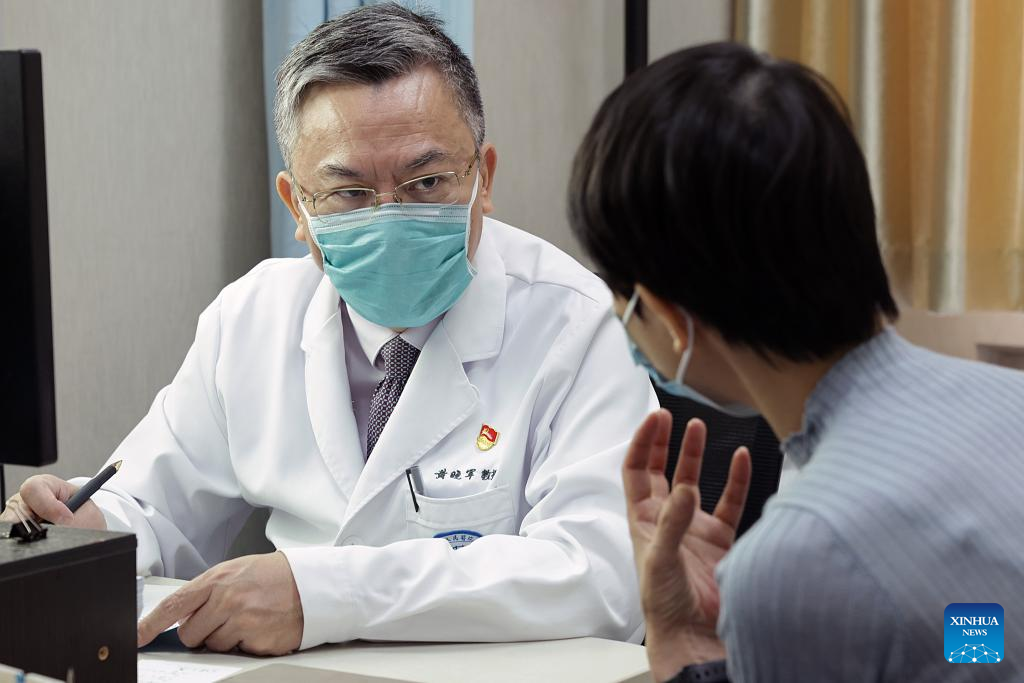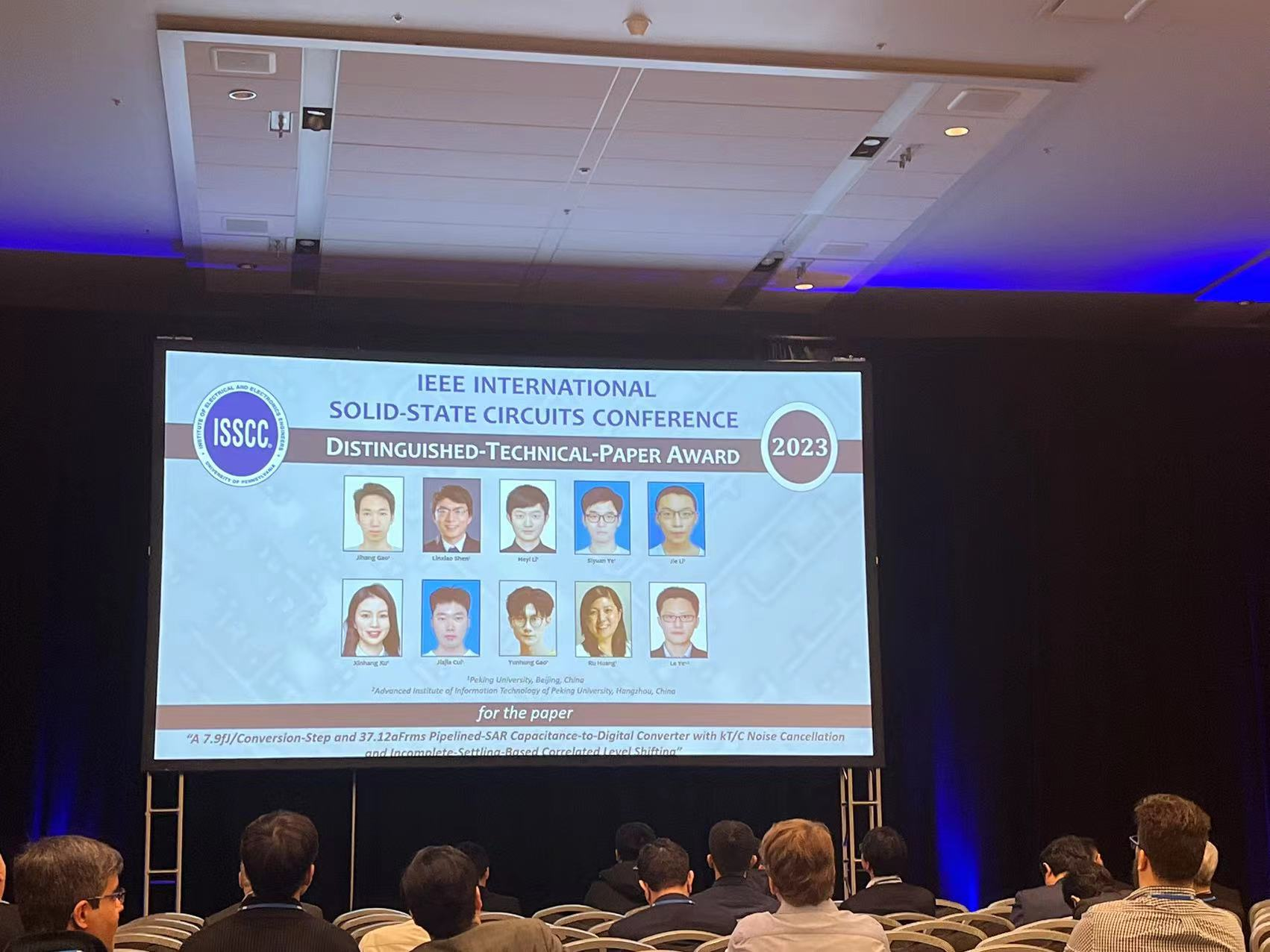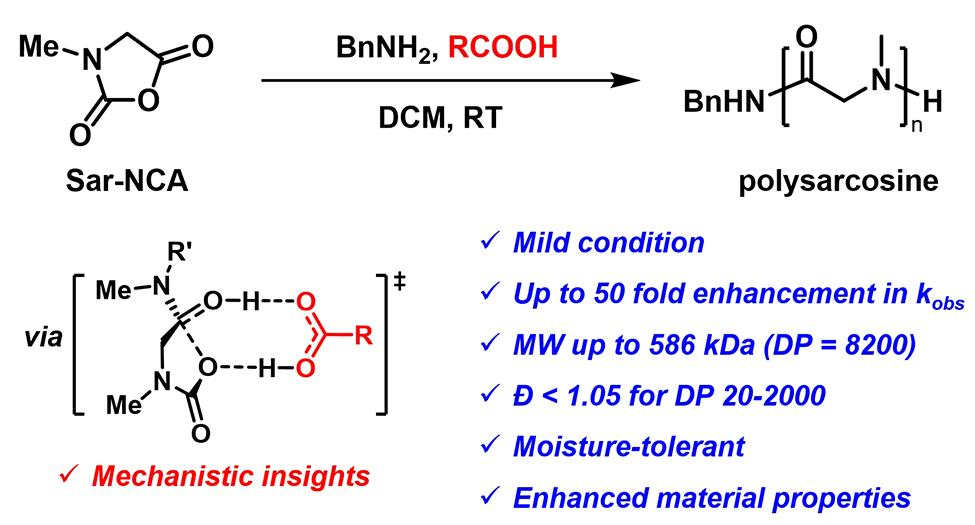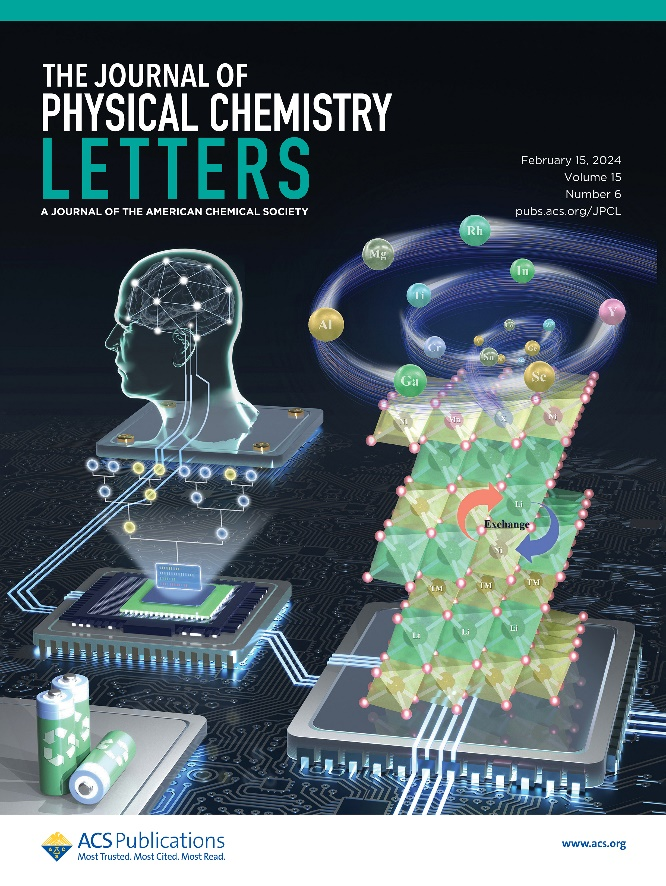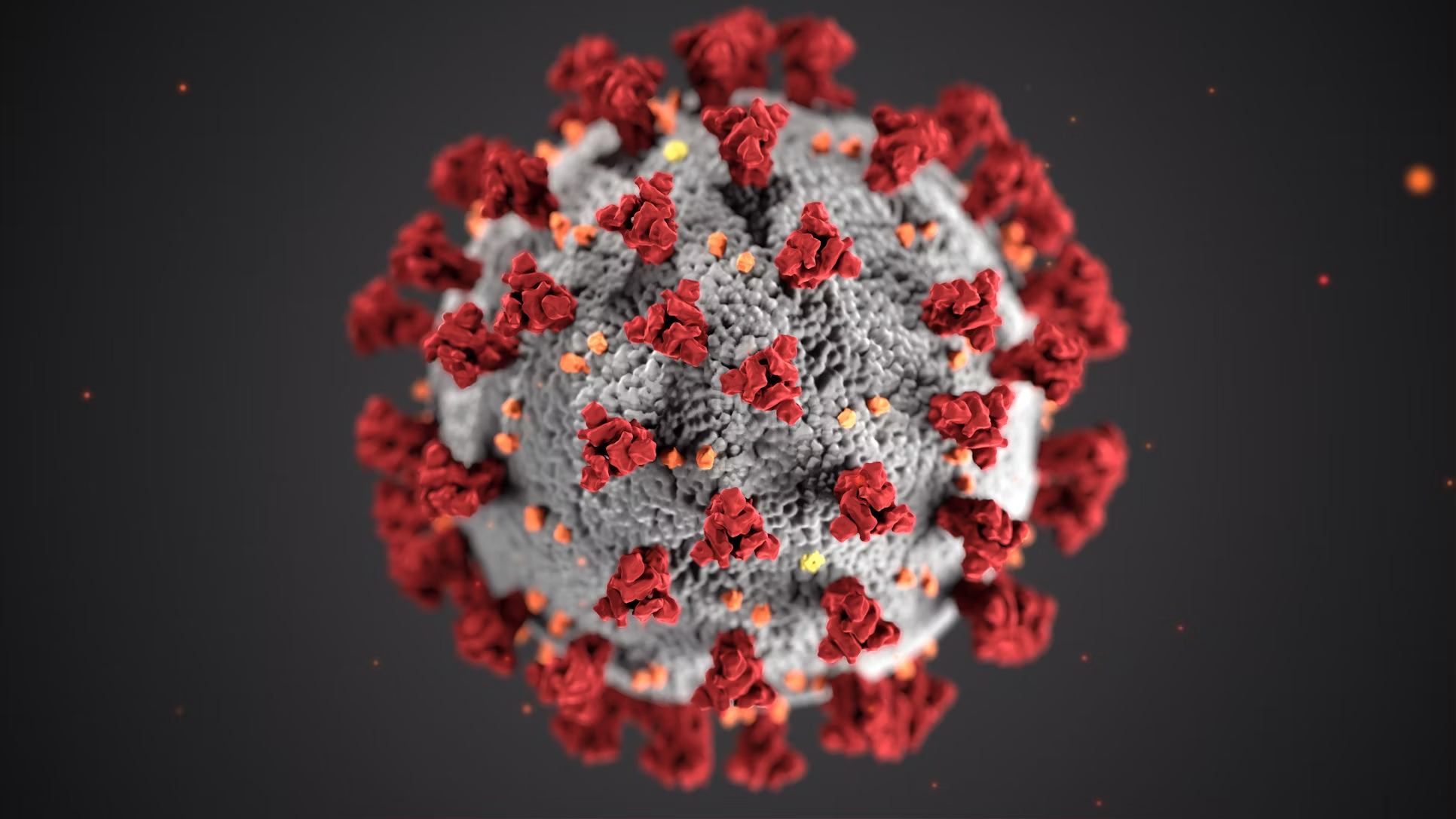Peking University, February 29, 2024: Honor awarded, history made, machine learning applied on materials research, plus a fresh examination on the "not-so-novel" coronavirus ... here is what you need to know about the latest research news at Peking University:
Huang Xiaojun speaks with a patient at Peking University People's Hospital in Beijing, capital of China, July 6, 2023. (Xinhua/Zhang Yuwei)
1. Huang Xiaojun, an academician of the Chinese Academy of Engineering and director of the Institute of Hematology at Peking University, received the prestigious annual Center for International Blood and Marrow Transplant Research (CIBMTR) Distinguished Service Award for his groundbreaking work known as Beijing Protocol in the transplantation and cellular therapy. Huang established a series of key techniques of non-T cell depleted haploidentical transplantation, which gradually developed to the novel G-CSF/ATG based Beijing Protocol, increasing the 3-year survival rate from approximately 20 percent to about 70 percent in haploidentical transplantation treating leukemia. (read more)
The award ceremony at ISSCC 2024
2. In a significant breakthrough, a team from Peking University's School of Integrated Circuits has been announced as the sole recipient of the 2023 Anantha P. Chandrakasan Award for Outstanding Distinguished Technical Paper at the International Solid-State Circuits Conference (ISSCC), marking the first instance of a Chinese Mainland institution winning this award since the inception of ISSCC 70 years ago. This historic achievement underscores the international recognition of the Peking University team's innovation in the field of integrated circuit design. (Learn more)
Graphic/Lu Hua's team
3. In a research paper recently published in the J. Am. Chem. Soc., Lu Hua's team from the College of Chemistry and Molecular Engineering, Peking University, reports a simple yet highly efficient approach to synthesizing polysarcosine and provides insights behind the synthesis mechanism. *Polysarcosine (PSR) is the simplest polypeptoid (a natural or synthetic compound made up of amino acids chemically linked together), which has been employed in many drug delivery systems.
4. Liu Yunquan's team from the School of Physics at Peking University has made progress in studying the strong interactions between free electrons (an electron is a tiny particle of matter that is smaller than an atom and has a negative electrical charge) and photons (a photon is a tiny bundle of matter that transmits light). Their findings have been published in Physical Review Letters recently under the title "Topologically Protected Strong Interaction of Photonics with Free Electrons."
5. In a paper published in the Journal of Physical Chemistry Letters, Zheng Jiaxin's team from the School of Advanced Materials, Peking University, reports a novel method - an interpretable machine learning approach - to analyze the doping effect on Li/Ni exchange in Ni-rich layered oxide cathodes, which are envisaged as promising cathode materials for high-energy lithium-ion batteries.
6. The spike (S) protein of coronaviruses plays a pivotal role in viral entry by binding to host cell receptors, and the understanding of the structural implications associated with key amino acid changes in the S protein of SARS-CoV-2 still bears significance. In a recent paper published in the Journal of Infection, Lu Jian's team at Peking University's School of Life Sciences provides fresh molecular insights into the adaptive evolution of SARS-CoV-2 spike protein, offering valuable guidance for designing vaccines and developing antiviral drugs to combat the ever-evolving viral threats.
Edited by: Dennis Meng

